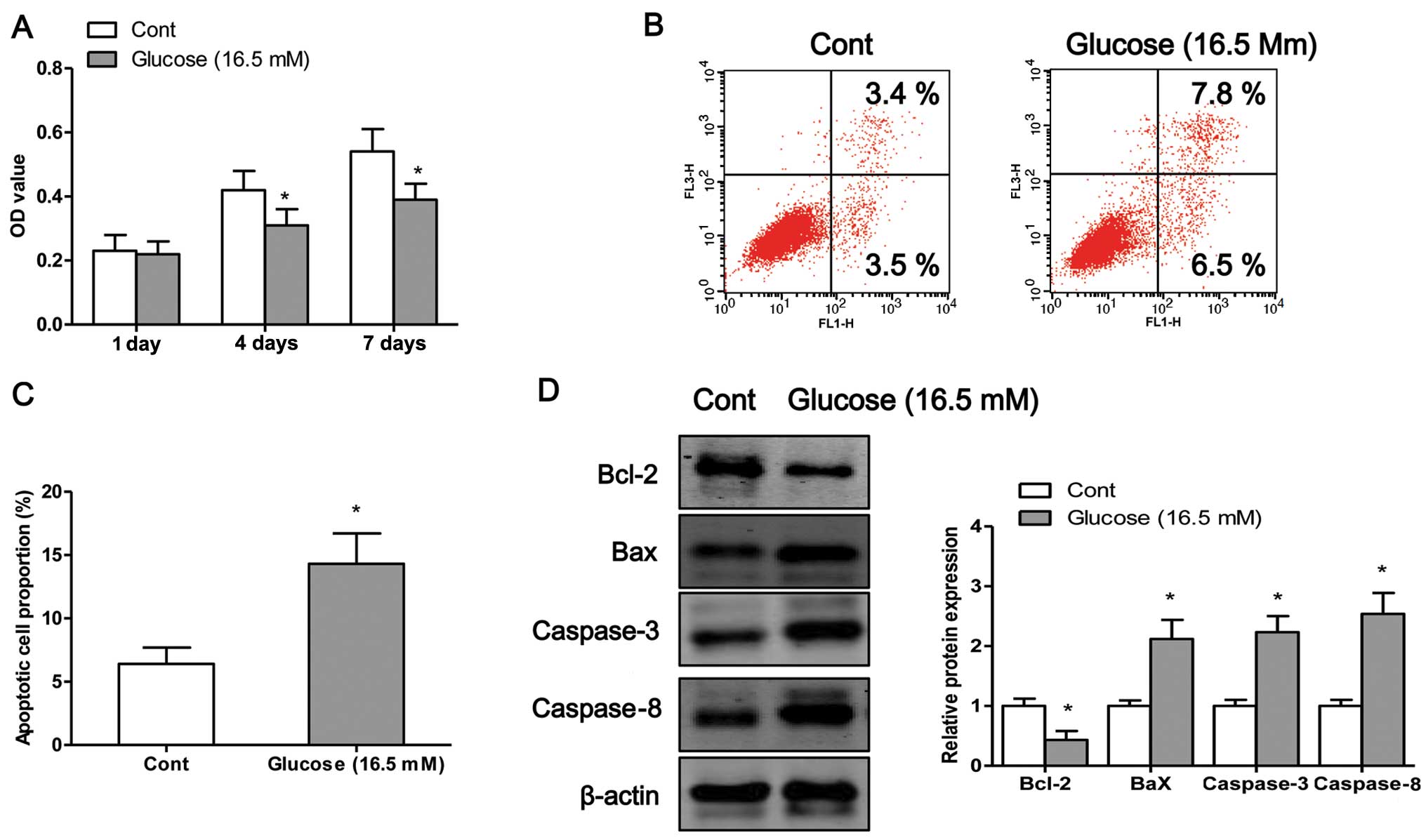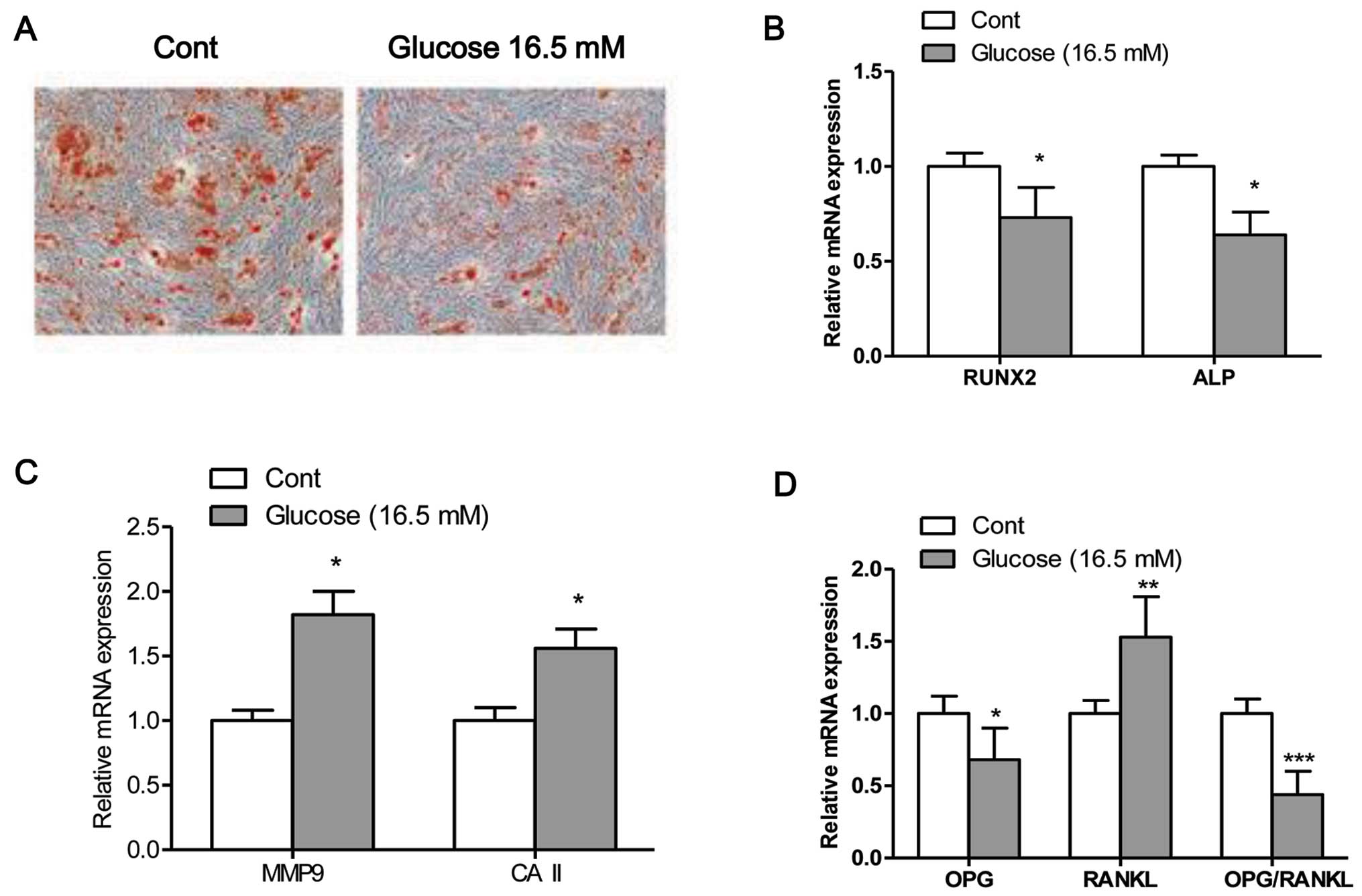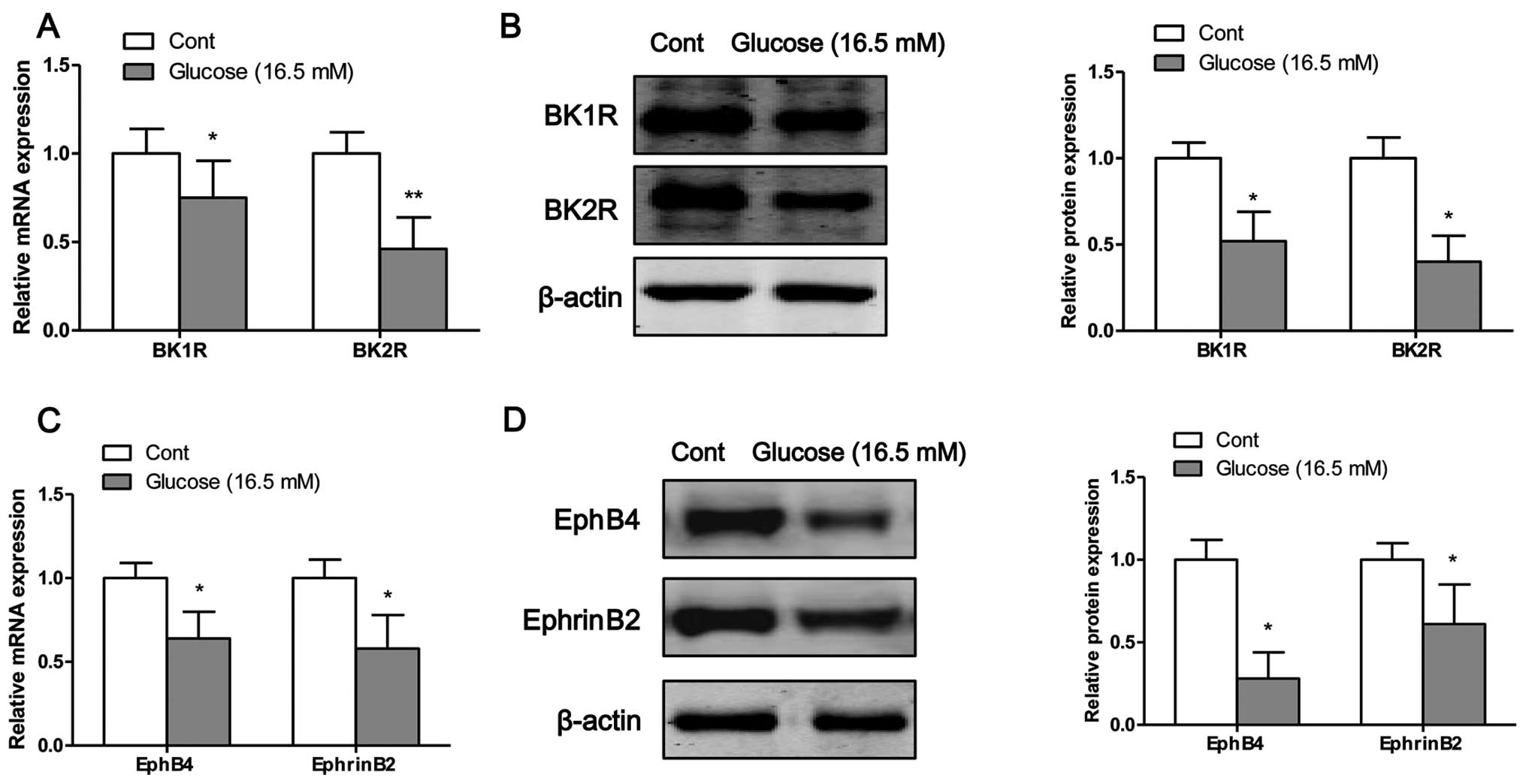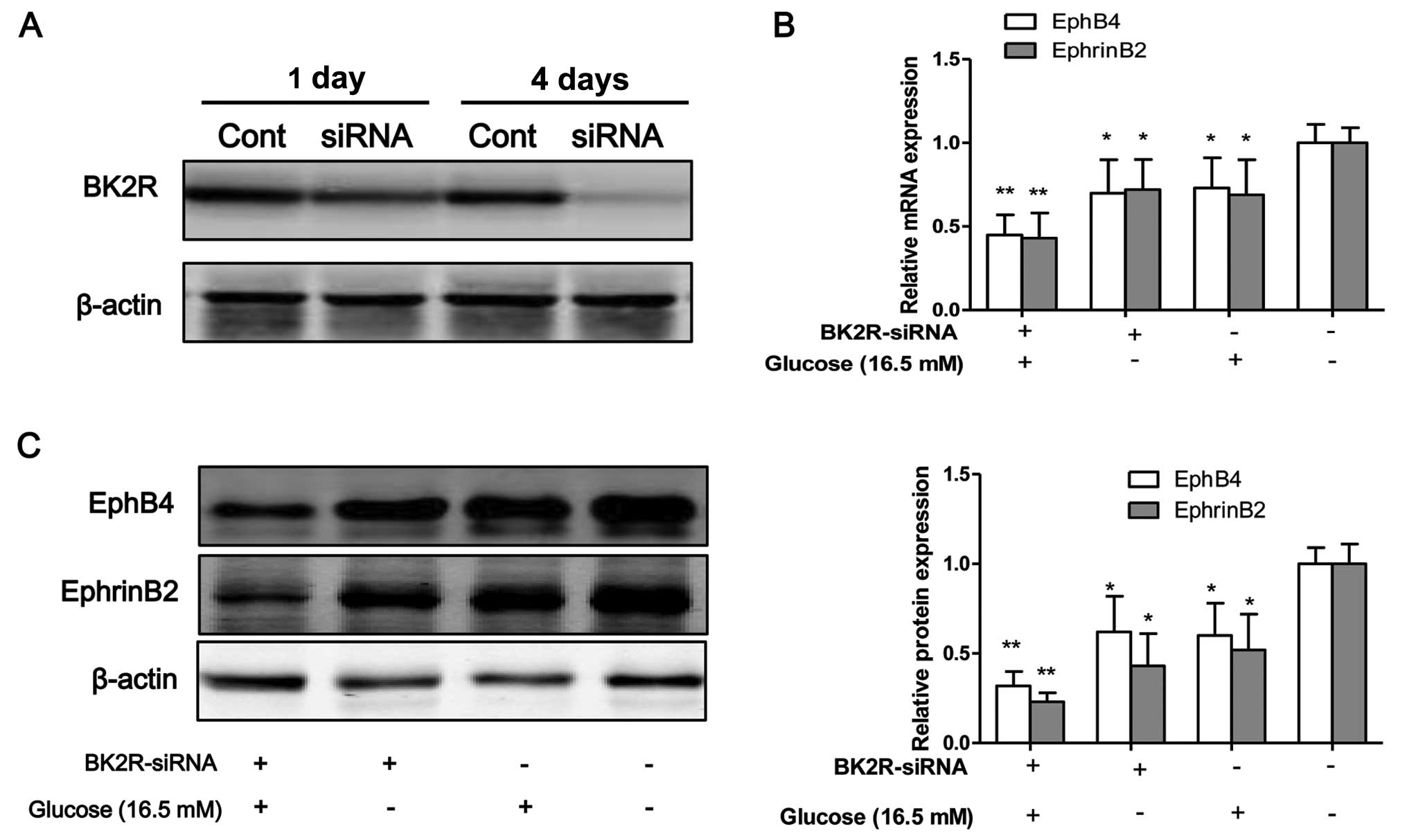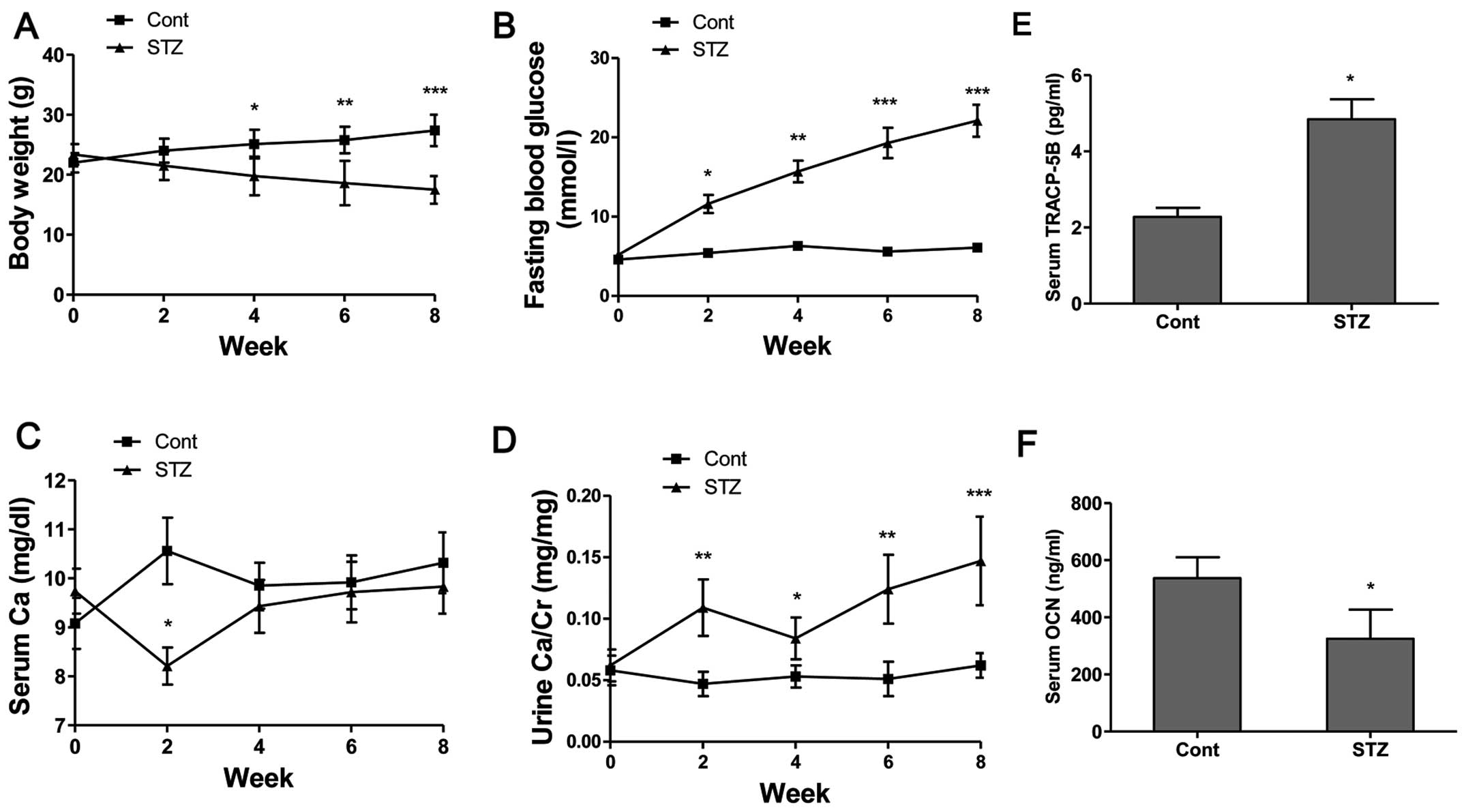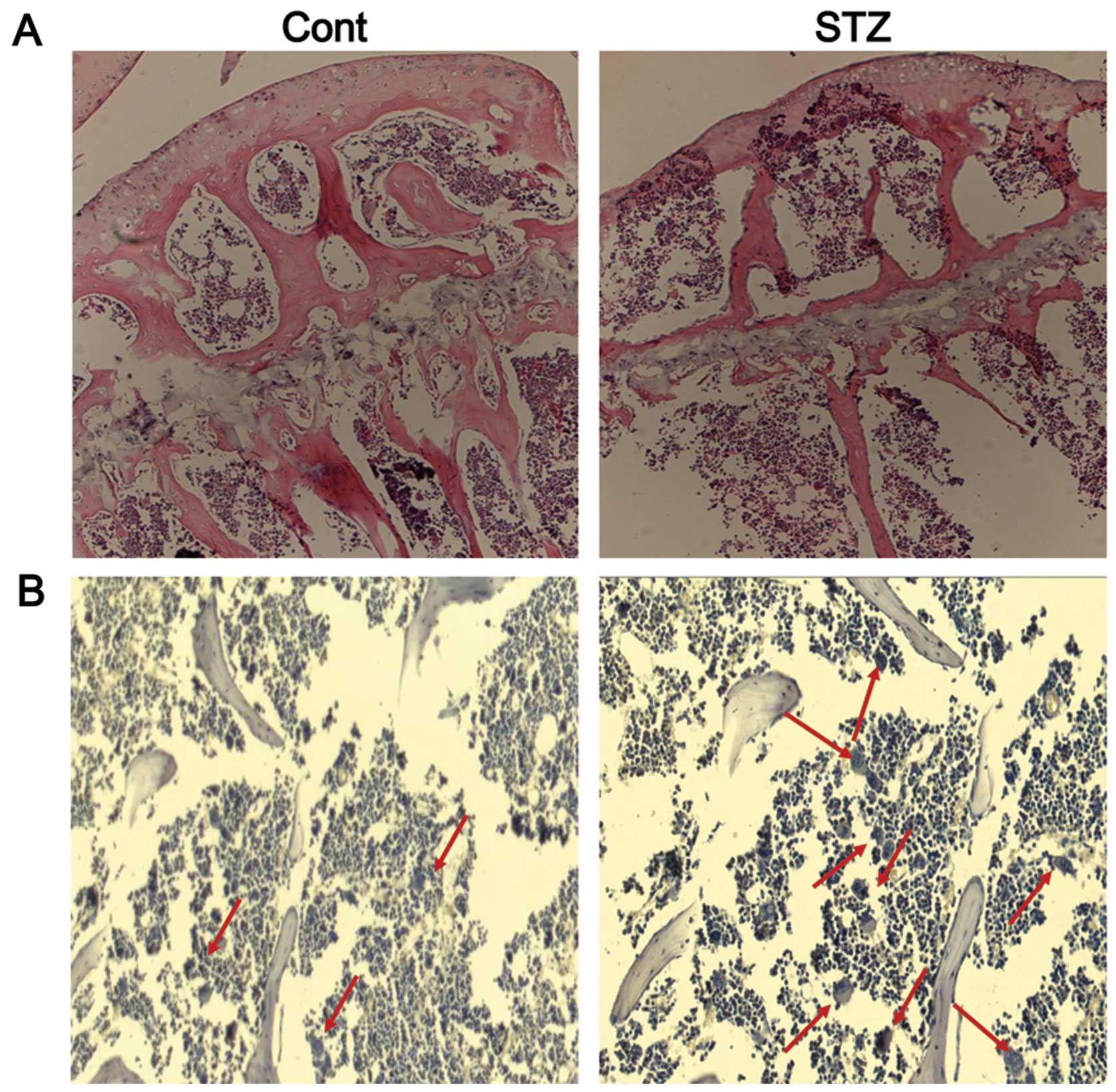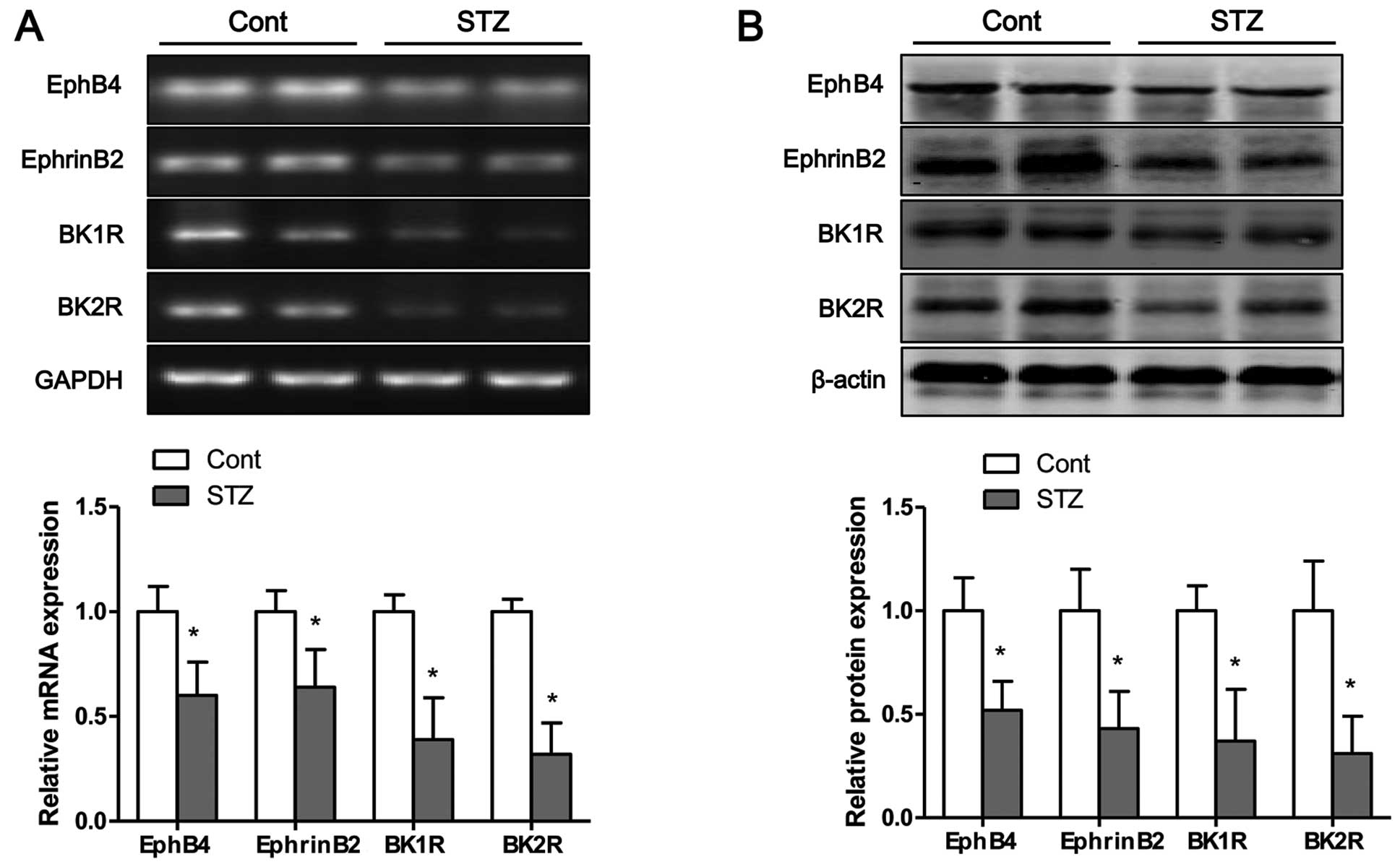|
1
|
Cummings SR and Melton LJ: Epidemiology
and outcomes of osteoporotic fractures. Lancet. 359:1761–1767.
2002. View Article : Google Scholar : PubMed/NCBI
|
|
2
|
Hamann C, Kirschner S, Günther KP and
Hofbauer LC: Bone, sweet bone - osteoporotic fractures in diabetes
mellitus. Nat Rev Endocrinol. 8:297–305. 2012. View Article : Google Scholar : PubMed/NCBI
|
|
3
|
Armas LA, Akhter MP, Drincic A and Recker
RR: Trabecular bone histomorphometry in humans with type 1 diabetes
mellitus. Bone. 50:91–96. 2012. View Article : Google Scholar
|
|
4
|
Loureiro MB, Ururahy MA, Freire-Neto FP,
Oliveira GH, Duarte VM, Luchessi AD, Brandão-Neto J, Hirata RD,
Hirata MH, Maciel-Neto JJ, et al: Low bone mineral density is
associated to poor glycemic control and increased OPG expression in
children and adolescents with type 1 diabetes. Diabetes Res Clin
Pract. 103:452–457. 2014. View Article : Google Scholar : PubMed/NCBI
|
|
5
|
Janghorbani M, Feskanich D, Willett WC and
Hu F: Prospective study of diabetes and risk of hip fracture: The
Nurses' Health Study. Diabetes Care. 29:1573–1578. 2006. View Article : Google Scholar : PubMed/NCBI
|
|
6
|
Diao TY, Pan H, Gu SS, Chen X, Zhang FY,
Wong MS and Zhang Y: Effects of angiotensin-converting enzyme
inhibitor, captopril, on bone of mice with streptozotocin-induced
type 1 diabetes. J Bone Miner Metab. 32:261–270. 2014. View Article : Google Scholar
|
|
7
|
Rao Sirasanagandla S, Ranganath Pai
Karkala S, Potu BK and Bhat KM: Beneficial effect of Cissus
quadrangularis Linn. on osteopenia associated with
streptozotocin-induced type 1 diabetes mellitus in male Wistar
rats. Adv Pharmacol Sci. 2014:4830512014.PubMed/NCBI
|
|
8
|
Fu C, Zhang X, Ye F and Yang J: High
insulin levels in KK-Ay diabetic mice cause increased cortical bone
mass and impaired trabecular micro-structure. Int J Mol Sci.
16:8213–8226. 2015. View Article : Google Scholar : PubMed/NCBI
|
|
9
|
Guan CC, Yan M, Jiang XQ, Zhang P, Zhang
XL, Li J, Ye DX and Zhang FQ: Sonic hedgehog alleviates the
inhibitory effects of high glucose on the osteoblastic
differentiation of bone marrow stromal cells. Bone. 45:1146–1152.
2009. View Article : Google Scholar : PubMed/NCBI
|
|
10
|
Wittrant Y, Gorin Y, Woodruff K, Horn D,
Abboud HE, Mohan S and Abboud-Werner SL: High d(+)glucose
concentration inhibits RANKL-induced osteoclastogenesis. Bone.
42:1122–1130. 2008. View Article : Google Scholar : PubMed/NCBI
|
|
11
|
Irie N, Takada Y, Watanabe Y, Matsuzaki Y,
Naruse C, Asano M, Iwakura Y, Suda T and Matsuo K: Bidirectional
signaling through ephrinA2-EphA2 enhances osteoclastogenesis and
suppresses osteoblastogenesis. J Biol Chem. 284:14637–14644. 2009.
View Article : Google Scholar : PubMed/NCBI
|
|
12
|
Matsuo K and Otaki N: Bone cell
interactions through Eph/ephrin: Bone modeling, remodeling and
associated diseases. Cell Adhes Migr. 6:148–156. 2012. View Article : Google Scholar
|
|
13
|
Kwan Tat S, Pelletier JP, Amiable N,
Boileau C, Lavigne M and Martel-Pelletier J: Treatment with ephrin
B2 positively impacts the abnormal metabolism of human
osteoarthritic chondrocytes. Arthritis Res Ther. 11:R1192009.
View Article : Google Scholar : PubMed/NCBI
|
|
14
|
Cheng S, Zhao SL, Nelson B, Kesavan C, Qin
X, Wergedal J, Mohan S and Xing W: Targeted disruption of ephrin B1
in cells of myeloid lineage increases osteoclast differentiation
and bone resorption in mice. PLoS One. 7:e328872012. View Article : Google Scholar : PubMed/NCBI
|
|
15
|
Arthur A, Zannettino A, Panagopoulos R,
Koblar SA, Sims NA, Stylianou C, Matsuo K and Gronthos S:
EphB/ephrin-B interactions mediate human MSC attachment, migration
and osteochondral differentiation. Bone. 48:533–542. 2011.
View Article : Google Scholar
|
|
16
|
Watanabe T, Sato Y, Saito D, Tadokoro R
and Takahashi Y: EphrinB2 coordinates the formation of a
morphological boundary and cell epithelialization during somite
segmentation. Proc Natl Acad Sci USA. 106:7467–7472. 2009.
View Article : Google Scholar : PubMed/NCBI
|
|
17
|
Xing W, Kim J, Wergedal J, Chen ST and
Mohan S: Ephrin B1 regulates bone marrow stromal cell
differentiation and bone formation by influencing TAZ
transactivation via complex formation with NHERF1. Mol Cell Biol.
30:711–721. 2010. View Article : Google Scholar :
|
|
18
|
Davy A, Aubin J and Soriano P: Ephrin-B1
forward and reverse signaling are required during mouse
development. Genes Dev. 18:572–583. 2004. View Article : Google Scholar : PubMed/NCBI
|
|
19
|
Davy A, Bush JO and Soriano P: Inhibition
of gap junction communication at ectopic Eph/ephrin boundaries
underlies craniofrontonasal syndrome. PLoS Biol. 4:e3152006.
View Article : Google Scholar : PubMed/NCBI
|
|
20
|
Stiffel V, Amoui M, Sheng MH, Mohan S and
Lau KH: EphA4 receptor is a novel negative regulator of osteoclast
activity. J Bone Miner Res. 29:804–819. 2014. View Article : Google Scholar
|
|
21
|
Yamada T, Yuasa M, Masaoka T, Taniyama T,
Maehara H, Torigoe I, Yoshii T, Shinomiya K, Okawa A and Sotome S:
After repeated division, bone marrow stromal cells express
inhibitory factors with osteogenic capabilities, and EphA5 is a
primary candidate. Bone. 57:343–354. 2013. View Article : Google Scholar : PubMed/NCBI
|
|
22
|
Zhao C, Irie N, Takada Y, Shimoda K,
Miyamoto T, Nishiwaki T, Suda T and Matsuo K: Bidirectional
ephrinB2-EphB4 signaling controls bone homeostasis. Cell Metab.
4:111–121. 2006. View Article : Google Scholar : PubMed/NCBI
|
|
23
|
Campbell DJ: The renin-angiotensin and the
kallikrein-kinin systems. Int J Biochem Cell Biol. 35:784–791.
2003. View Article : Google Scholar : PubMed/NCBI
|
|
24
|
Campbell DJ: The kallikrein-kinin system
in humans. Clin Exp Pharmacol Physiol. 28:1060–1065. 2001.
View Article : Google Scholar
|
|
25
|
Gonçalves-Zillo TO, Pugliese LS, Sales VM,
Mori MA, Squaiella-Baptistão CC, Longo-Maugéri IM, Lopes JD, de
Oliveira SM, Monteiro AC and Pesquero JB: Increased bone loss and
amount of osteoclasts in kinin B1 receptor knockout mice. J Clin
Periodontol. 40:653–660. 2013. View Article : Google Scholar : PubMed/NCBI
|
|
26
|
Kakoki M, Sullivan KA, Backus C, Hayes JM,
Oh SS, Hua K, Gasim AM, Tomita H, Grant R, Nossov SB, et al: Lack
of both bradykinin B1 and B2 receptors enhances nephropathy,
neuropathy, and bone mineral loss in Akita diabetic mice. Proc Natl
Acad Sci USA. 107:10190–10195. 2010. View Article : Google Scholar : PubMed/NCBI
|
|
27
|
Tsukamoto T, Li X, Morita H, Minowa T,
Aizawa T, Hanagata N and Demura M: Role of S-palmitoylation on
IFITM5 for the interaction with FKBP11 in osteoblast cells. PLoS
One. 8:e758312013. View Article : Google Scholar : PubMed/NCBI
|
|
28
|
Bi Y, Nielsen KL, Kilts TM, Yoon A, A
Karsdal M, Wimer HF, Greenfield EM, Heegaard AM and Young MF:
Biglycan defi-ciency increases osteoclast differentiation and
activity due to defective osteoblasts. Bone. 38:778–786. 2006.
View Article : Google Scholar
|
|
29
|
Pennisi A, Ling W, Li X, Khan S,
Shaughnessy JD Jr, Barlogie B and Yaccoby S: The ephrinB2/EphB4
axis is dysregulated in osteoprogenitors from myeloma patients and
its activation affects myeloma bone disease and tumor growth.
Blood. 114:1803–1812. 2009. View Article : Google Scholar : PubMed/NCBI
|
|
30
|
Pasquale EB: Eph-ephrin bidirectional
signaling in physiology and disease. Cell. 133:38–52. 2008.
View Article : Google Scholar : PubMed/NCBI
|
|
31
|
Shimizu E, Tamasi J and Partridge NC:
Alendronate affects osteoblast functions by crosstalk through
EphrinB1-EphB. J Dent Res. 91:268–274. 2012. View Article : Google Scholar :
|
|
32
|
Brechter AB and Lerner UH: Bradykinin
potentiates cytokine-induced prostaglandin biosynthesis in
osteoblasts by enhanced expression of cyclooxygenase 2, resulting
in increased RANKL expression. Arthritis Rheum. 56:910–923. 2007.
View Article : Google Scholar : PubMed/NCBI
|
|
33
|
Brechter AB, Persson E, Lundgren I and
Lerner UH: Kinin B1 and B2 receptor expression in osteoblasts and
fibroblasts is enhanced by interleukin-1 and tumour necrosis
factor-alpha. Effects dependent on activation of NF-kappaB and MAP
kinases. Bone. 43:72–83. 2008. View Article : Google Scholar : PubMed/NCBI
|
|
34
|
Srivastava S, Sharma K, Kumar N and Roy P:
Bradykinin regulates osteoblast differentiation by Akt/ERK/NFκB
signaling axis. J Cell Physiol. 229:2088–2105. 2014. View Article : Google Scholar : PubMed/NCBI
|
|
35
|
Duka I, Shenouda S, Johns C,
Kintsurashvili E, Gavras I and Gavras H: Role of the B(2) receptor
of bradykinin in insulin sensitivity. Hypertension. 38:1355–1360.
2001. View Article : Google Scholar : PubMed/NCBI
|















